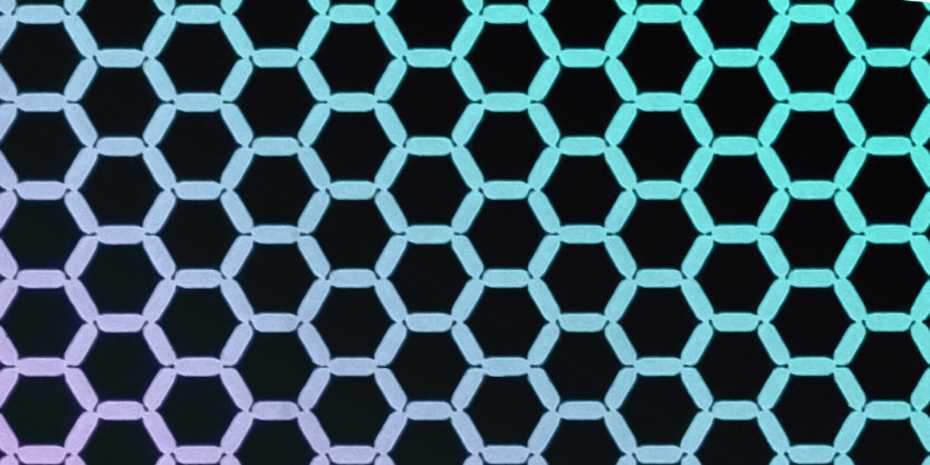A Look into the Magnetic Future
Researchers at PSI and ETH Zurich have observed for the first time how tiny magnets in a special layout align themselves solely as a result of temperature changes. This view into processes that take place within so-called artificial spin ice could play an important role in the development of novel high-performance computers.

When water freezes to form ice, the water molecules, with their hydrogen and oxygen atoms, arrange themselves in a complex structure. Water and ice are different phases, and the transformation from water to ice is called a phase transition. In the laboratory, crystals can be produced in which the elementary magnetic moments, the so-called spins, form structures comparable to ice. That is why researchers also refer to these structures as spin ice.
Hofhuis, K., Skjærvø, S.H., Parchenko, S., Arava, H., Luo, Z., Kleibert, A., Derlet, P.M., Heyderman, L.J., Real-space imaging of phase transitions in bridged artificial kagome spin ice. Nat. Phys. (2022). external page DOI:10.1038/s41567-022-01564-5